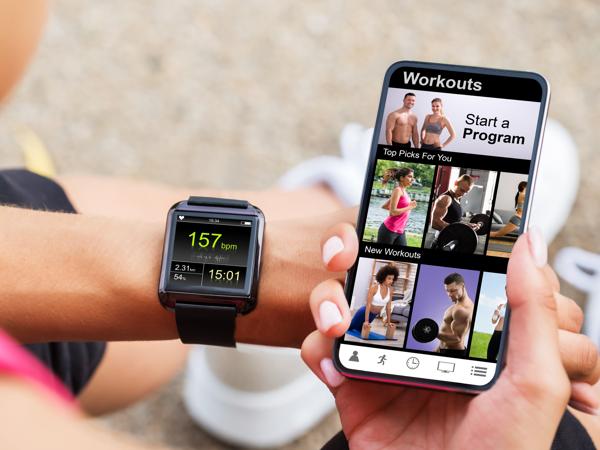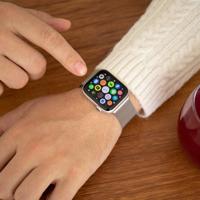The intersection of technology and lifestyle has opened up unique possibilities, especially in personal health and fitness. One of the most practical ways technology has woven into our daily routines is through fitness trackers. While these nifty gadgets are quite functional on their own, connecting them to smartphones extends their capabilities significantly.
In this article, we'll explore why connecting fitness trackers to smartphones is beneficial, and guide you through common methods and examples of doing so.
Why Connect Your Fitness Tracker to a Smartphone?
Connecting a fitness tracker to a smartphone can enrich your experience by:
Enhanced Data Tracking: Fitness trackers collect data, but smartphones provide more substantial storage and processing power. This allows for deep analysis and long-term trends tracking.
App Integration: Once connected, many fitness apps can offer personalized recommendations and insights based on your data.
Notifications and Alerts: Enjoy real-time notifications on achievements or reminders to keep you on track.
Ease of Use: Smartphones simplify the syncing process, often automating the transfer of data.
Steps to Connect Fitness Trackers to Smartphones
Most fitness trackers follow a general procedure to connect to smartphones. Let's look at common steps using a popular example, the Fitbit.
Step 1: Download the App
The first step is to download the companion app of your fitness tracker. For Fitbit, it's the Fitbit app available on both iOS and Android platforms. This app acts as a bridge between your tracker and smartphone, allowing them to communicate seamlessly.
Step 2: Create an Account
After installation, create an account within the app if you're a new user. For returning users, logging in will suffice. An account helps in customizing your data and preferences.
Step 3: Enable Bluetooth
Make sure Bluetooth is turned on your smartphone. Fitness trackers rely on Bluetooth for data transfer. It's best to have your device close by during the initial setup.
Step 4: Pair Your Devices
Usually, under the app's settings or homepage, there is an option to add a new device. Follow the prompts to pair your fitness tracker. The process may differ slightly depending on the brand. Generally, it involves selecting your device from a list and following on-screen instructions.
Step 5: Customize Your Settings
Once connected, take some time to adjust the settings. Choose what data to sync and how often you'd like synchronization to occur. You might also opt for notifications or set daily goals.
Example: Connecting a Fitbit Charge 4
- Open the Fitbit app on your phone.
- Tap on your profile icon, then tap "Set Up a Device."
- Select the Fitbit Charge 4 from the list and follow the instructions.
- Agree to the terms and let the app guide you through the setting up a home streaming setup.
For more detailed, app-specific instructions, Fitbit's support page is a useful resource.
Potential Issues and Solutions
- Bluetooth Connectivity: Ensure Bluetooth range isn't exceeded. Rebooting the tracker or smartphone sometimes resolves connectivity issues.
- Updates and Compatibility: Regularly check for software updates in both the app and device. This keeps apps working smoothly, ensuring compatibility with the latest smartphone OS updates.
- Battery Life: Frequent syncing may drain battery faster on some fitness trackers. Monitoring and managing syncing frequency can help.
Conclusion
Connecting fitness trackers to smartphones doesn't need to be complicated. It can provide more profound insights and a more personalized fitness journey. As technology evolves, these experiences are only likely to grow richer.
For those who haven't connected their devices yet, give it a try and see how effortless managing your health goals can become.
Feel free to share your experiences or ask questions in the comment section below.
For further reading, consider exploring reviews and user guides relevant to your specific tracker and smartphone model.

